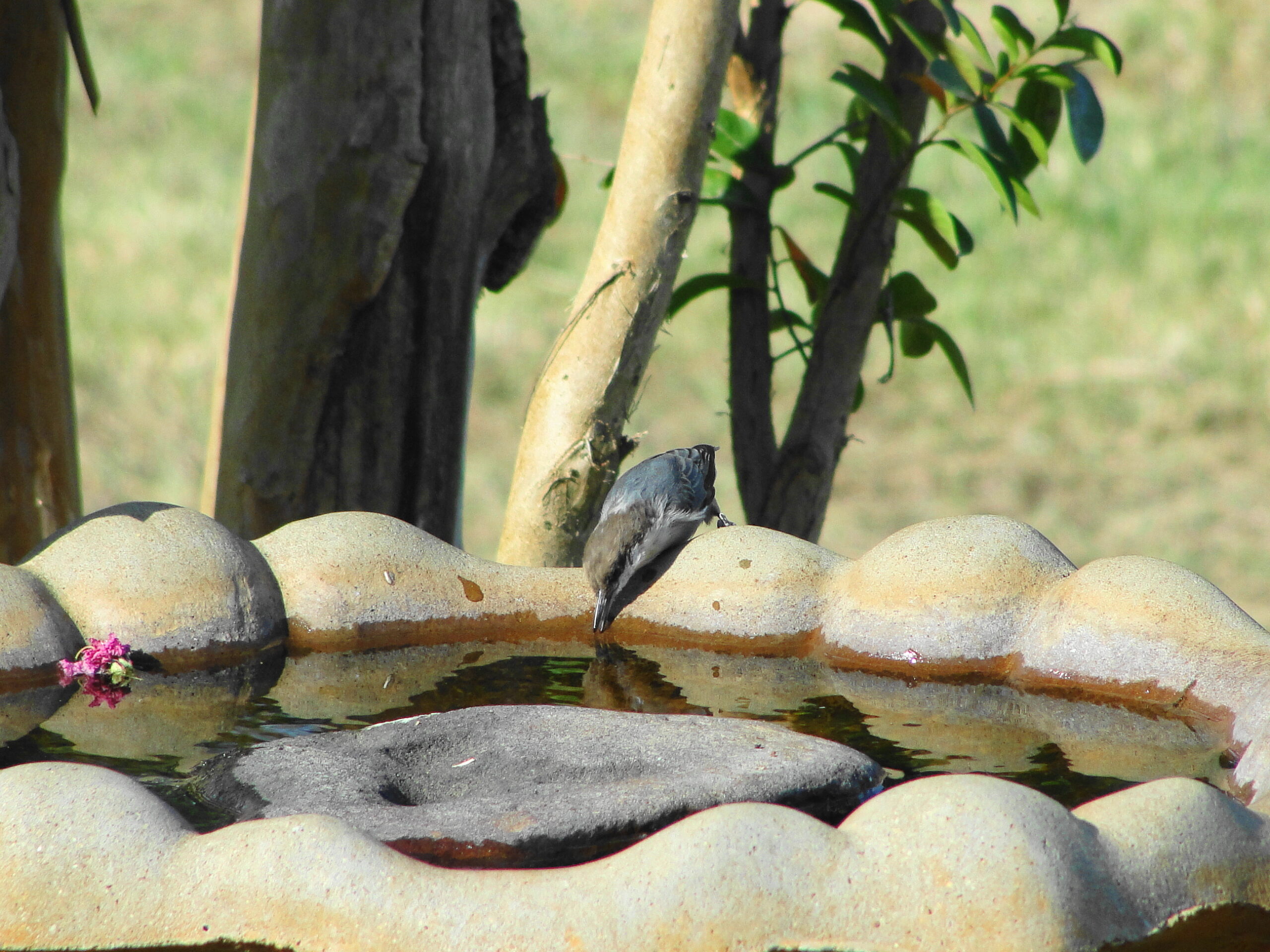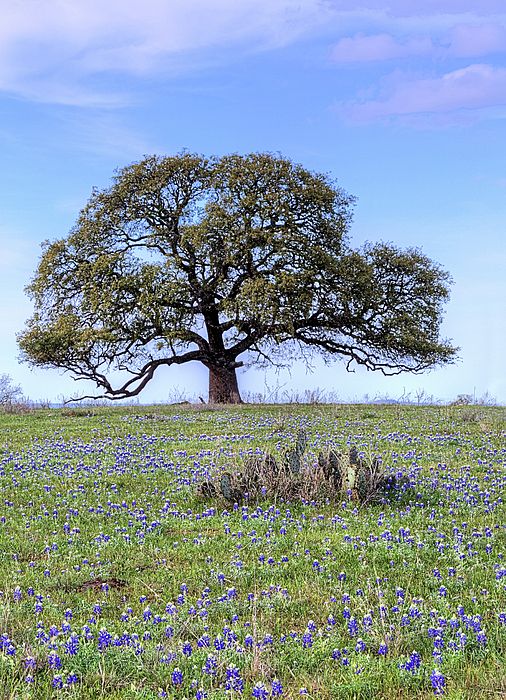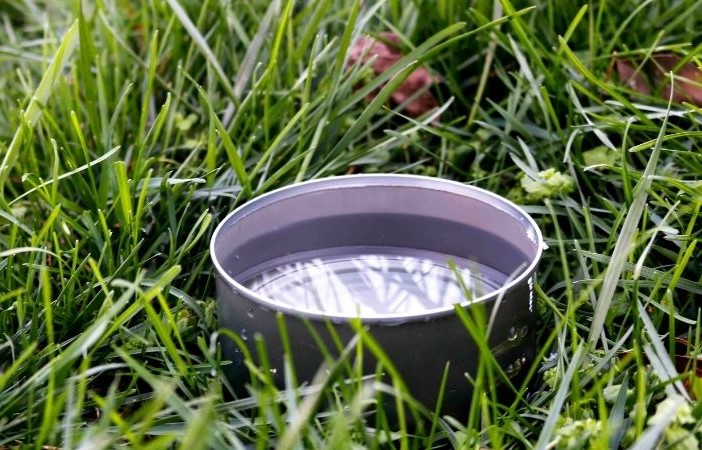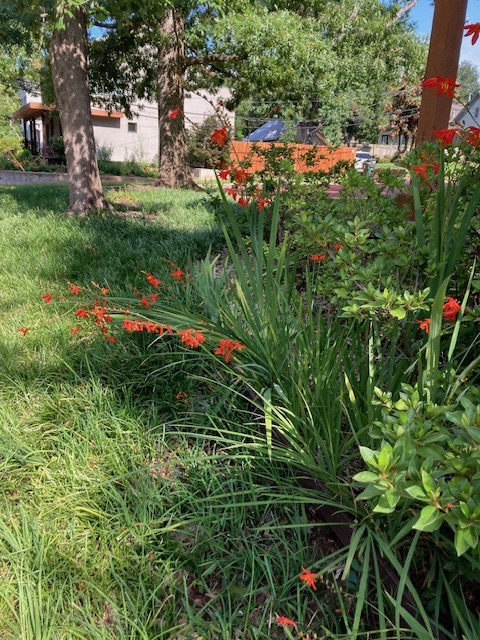Brown-Headed Nuthatches
I recently got a new rat terrier, and he reminds me of Rosie, one of my favorite dogs from the past. Rosie, also a rat terrier, used to chew her squeaky toy on my foot. After she passed away, I remember hearing a bird up in my pine trees that made the exact same sound. Those squeaky little birds thrived in my pine forest until the devastating freeze of 2021. Thankfully, they have finally returned, perhaps in honor of my new dog, Jackson.
Brown-headed nuthatches (Sitta pusilla) are tiny, compact birds with warm brown crowns, buffy white bellies, short tails, and strong pointed bills that they use for prying and pecking bark. They are smaller than a Carolina chickadee and lighter in both color and voice. Their high-pitched, rubber-duck call is often the best clue they are nearby. These birds are nonmigratory and live year-round in the southeastern United States, especially in mature, open pine forests like those scattered across East Texas.
They are closely tied to pine trees, particularly native species such as loblolly, shortleaf, and longleaf. They feed by creeping along trunks and limbs, often moving downward, which sets them apart from most other birds. Brown-headed nuthatches wedge insects or seeds into bark crevices and hammer them open with their bills. Purportedly, they are one of the few North American songbirds known to use tools, sometimes carrying bits of bark to help pry up more bark in search of food.
In East Texas, these nuthatches are a familiar part of the Pineywoods soundscape. Unfortunately, their numbers have declined due to habitat loss and the reduction of mature pine forests and dead snags. Fire suppression and short rotation pine plantation practices have had a negative impact on their populations. Brown-headed nuthatches prefer to nest in natural cavities or abandoned woodpecker holes, most often found in standing dead pines. Their nests are even built from pine needles lined with the papery wings of pine seeds.
If you want to attract brown-headed nuthatches to your property or garden, the best thing you can do is provide or preserve mature native pine trees. Although they may visit feeders for suet or black oil sunflower seed, their long-term survival depends on healthy pine habitat. Leaving dead trees standing, when safe to do so, is one way to help. You can also install nest boxes made especially for them. These birds readily accept artificial boxes, particularly if they are placed five to fifteen feet high in or near a stand of pine trees. A one-inch entrance hole is ideal for excluding larger birds while allowing the nuthatches access.
If your landscape includes a few widely spaced, large pine trees with an open understory that mimics their pine savanna habitat, you may be rewarded with the soft squeak of a pair raising their young nearby. These birds often form family groups, with older siblings helping to raise the next brood.
So next time you walk beneath the whispering boughs of a pine forest, stop and listen. That tiny squeak from above isn’t a toy. It might just be a brown-headed nuthatch reminding us that with our help, nature is never far away.
Greg Grant, Ph.D., is the Smith County horticulturist and Master Gardener coordinator for the Texas A&M AgriLife Extension Service. He is the author of Texas Fruit and Vegetable Gardening, Texas Home Landscaping, Heirloom Gardening in the South, and The Rose Rustlers. You can read his “Greg’s Ramblings” blog at arborgate.com, read his “In Greg’s Garden” in each issue of Texas Gardener magazine (texasgardener.com), or follow him on Facebook at “Greg Grant Gardens” or “Rebel Eloy Emanis Wildlife Sanctuary.” More science-based lawn and gardening information from the Texas A&M AgriLife Extension Service can be found at aggieturf.tamu.edu and aggie-horticulture.tamu.edu.





